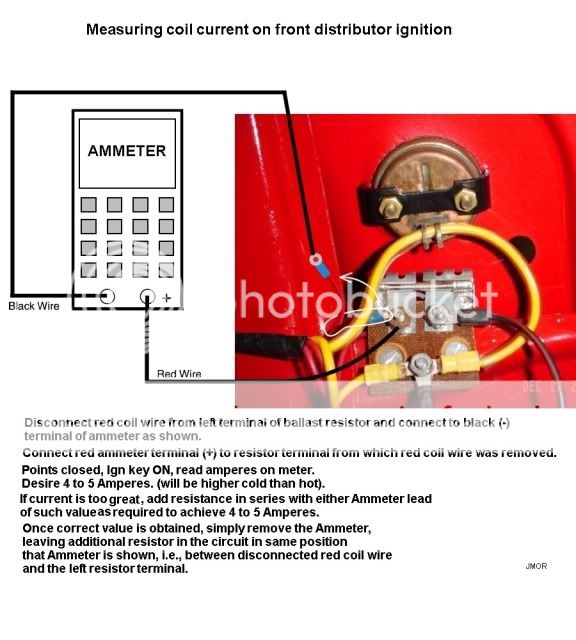Trying to nail this all down; might be helpful to others. So, my 12V coil reads lets say, 1 on the 1K Ohm scale. My stock ballast resistor reads say 1 also, hot. That's 2. Given that, and the known of my alternator outputting 14.8V, we can take 14.8V / 2 ohms and get 7.4 amps which is way over what we'd normally want, correct? And, if I put 2 more resistors inline, making 3, that's then 4 total ohms, which, when we divide that into 14.8V, we get 3.7A, which is pretty close to what I'm hearing said as an ok rating for running my tractor.
All that said, at 7.4 A is gonna burn my coil up, correct?
I guess the big shocker is that coils 'used to' run 2.5Ohms, and now are <1? Are others finding this problem? I don't really want to put the new round coil on my '48 despite the fact that it'll probably fix the problem, I prefer the stock setup...
All that said, at 7.4 A is gonna burn my coil up, correct?
I guess the big shocker is that coils 'used to' run 2.5Ohms, and now are <1? Are others finding this problem? I don't really want to put the new round coil on my '48 despite the fact that it'll probably fix the problem, I prefer the stock setup...


